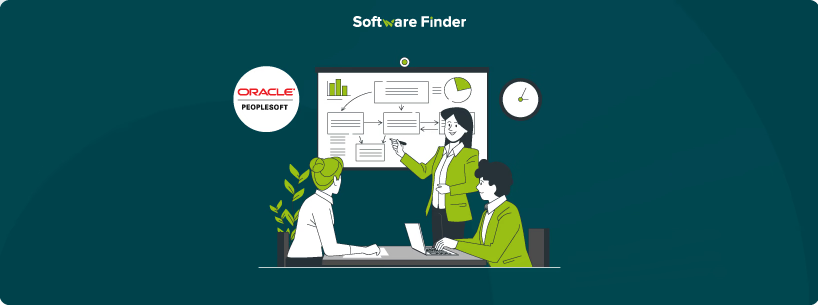
Oracle’s PeopleSoft human capital management (HCM) has long been a trusted solution for enterprises looking to manage their workforce effectively. Version 9.1 introduced several key features that aligned with the growing demand for self-service capabilities and talent management.
However, version 9.2 marked a major shift, not just a software upgrade, but a significant leap forward in usability, functionality, and maintainability. This article explores the most important differences between both these versions, providing a detailed comparison of PeopleSoft 9.1 vs 9.2 to help organizations evaluate the business case for upgrading.
User Experience
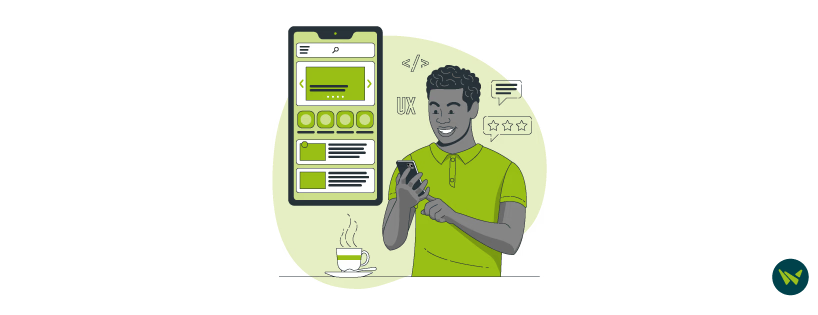
In version 9.1, Oracle began its move toward a more user-friendly interface, focusing on manager and employee self-service capabilities. Tools like the ‘Manager Dashboard’ and ‘Talent Summary’ enabled human resources (HR) and line managers to access critical workforce data easily. However, the user interface (UI) was still relatively traditional and required training for effective use.
Version 9.2 completely redefined the UI. It introduced a consumer-grade experience with easier navigation and personalization. It includes:
- Global, Free-Text Search (powered by Oracle Secure Enterprise Search)
- Activity Guides for step-by-step process support
- Train Stop Visualizations to show users where they are in multi-step processes
These updates made it easier for casual users to complete tasks like benefits enrollment, onboarding, and performance reviews without needing information technology (IT) or HR assistance.
The 9.2 user interface is also mobile-responsive, enabling access from tablets and smartphones, an essential upgrade for today’s mobile workforce.
Functional Advancements
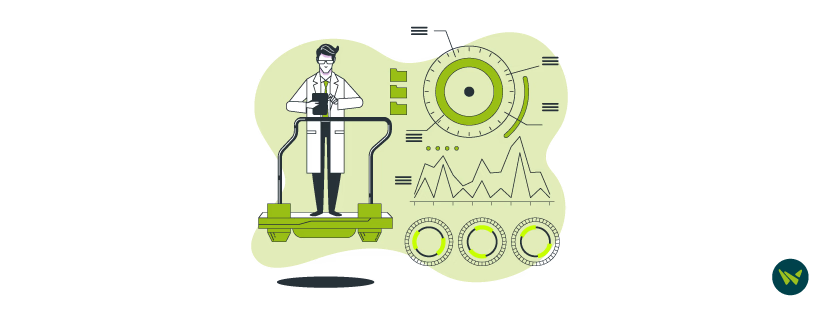
PeopleSoft HCM 9.1 offered solid HR core functionality with modules like payroll, benefits administration, time and labor, and talent management. However, most of the processes were still transaction-heavy and somewhat rigid. Organizations often needed to customize features to meet their evolving needs.
With over 1,000 new features and enhancements, 9.2 represented a major expansion in functionality, especially in areas such as:
- Smart HR Templates: Streamlining HR transactions with pre-defined templates
- Mid-Period Reviews: Facilitating timely performance evaluations
- Redesigned Time Entry Process: Enhancing accuracy and user-friendliness
- Learning Dashboards: Providing insights into employee development
- Consumer-Oriented Recruiting Experience: Modernizing the recruitment process to attract top talent
These updates made 9.2 more adaptable to organizations’ strategic HR needs, including talent development, succession planning, and workforce analytics.
Analytical And Decision Support Tools
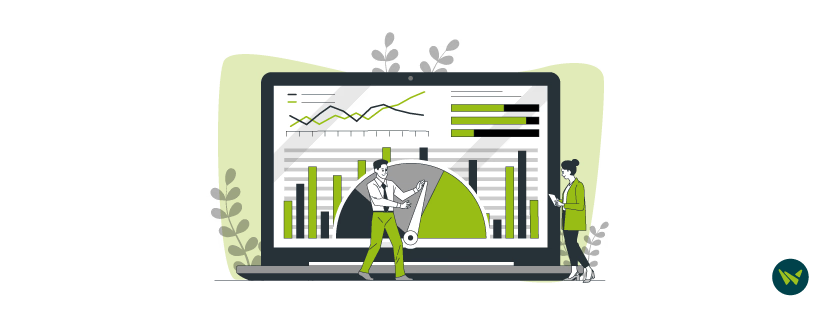
While 9.1 provided reporting through tools like ‘Query Manager’ and some delivered reports, it lacked deep analytics capabilities and required technical expertise to extract actionable insights. HR leaders often had to rely on IT to generate ad hoc reports or dashboards.
Oracle addressed this gap by embedding 'Pivot Grids' directly into the application. This functionality offers real-time, multi-dimensional analytics.
With over 60 delivered Pivot Grids and the ability to create custom ones, 9.2 democratized data access and helps users to make data-driven decisions quickly. These tools are embedded into transactions so users can take immediate action based on the insights they receive.
Customization And Maintenance
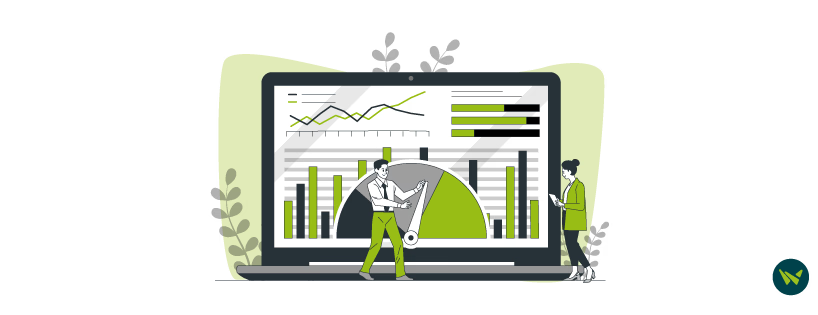
Customizations in 9.1 were often necessary to meet organizational needs. Unfortunately, these customizations made it difficult to apply patches and upgrades, increasing the total cost of ownership and creating long deployment cycles.
In response, 9.2 introduced selective adoption, a game-changer in application lifecycle management. With this model, organizations can:
- Apply only the updates they need
- Schedule enhancements based on business priorities
- Avoid the 'all-or-nothing' approach to patching
This is supported by the PeopleSoft Update Manager (PUM), which simplifies update deployment. Organizations can maintain their customizations while still taking advantage of new features delivered through Oracle’s continuous delivery model.
Cost Of Ownership

While PeopleSoft HCM 9.1 offered great functionality, it came with a challenge for organizations – a higher cost of ownership. Companies had to incur higher IT support costs for managing updates in patches and resource-heavy testing processes for each enhancement or update.
These factors collectively increased operational expenses and made it harder for the platform to adapt to evolving business needs.
On the contrary, version 9.2 has been designed with cost efficiency and sustainability in mind. Oracle introduced several features and practices, including a selective adoption model, improved maintenance tools, and PUM, that help reduce both direct and indirect ownership costs.
Over time, these efficiencies translate into:
- Lower labor costs
- Reduced risk and downtime
- Faster time-to-value for new features
- A more predictable and manageable upgrade path
For organizations aiming to streamline IT operations and focus resources on innovation rather than upkeep, HCM 9.2 presents a clear cost advantage.
On the whole, the transition from PeopleSoft HCM 9.1 to 9.2 is certainly the right choice due to its clear benefits, including improved agility, usability, and support for modern HR practices. Beyond just new features, the newer version offers a modernized user experience, embedded analytics, streamlined workflows, and a maintenance model that significantly reduces cost and complexity.
So, if you’re still on the fence, it’s the right time to upgrade to PeopleSoft HCM 9.2.
